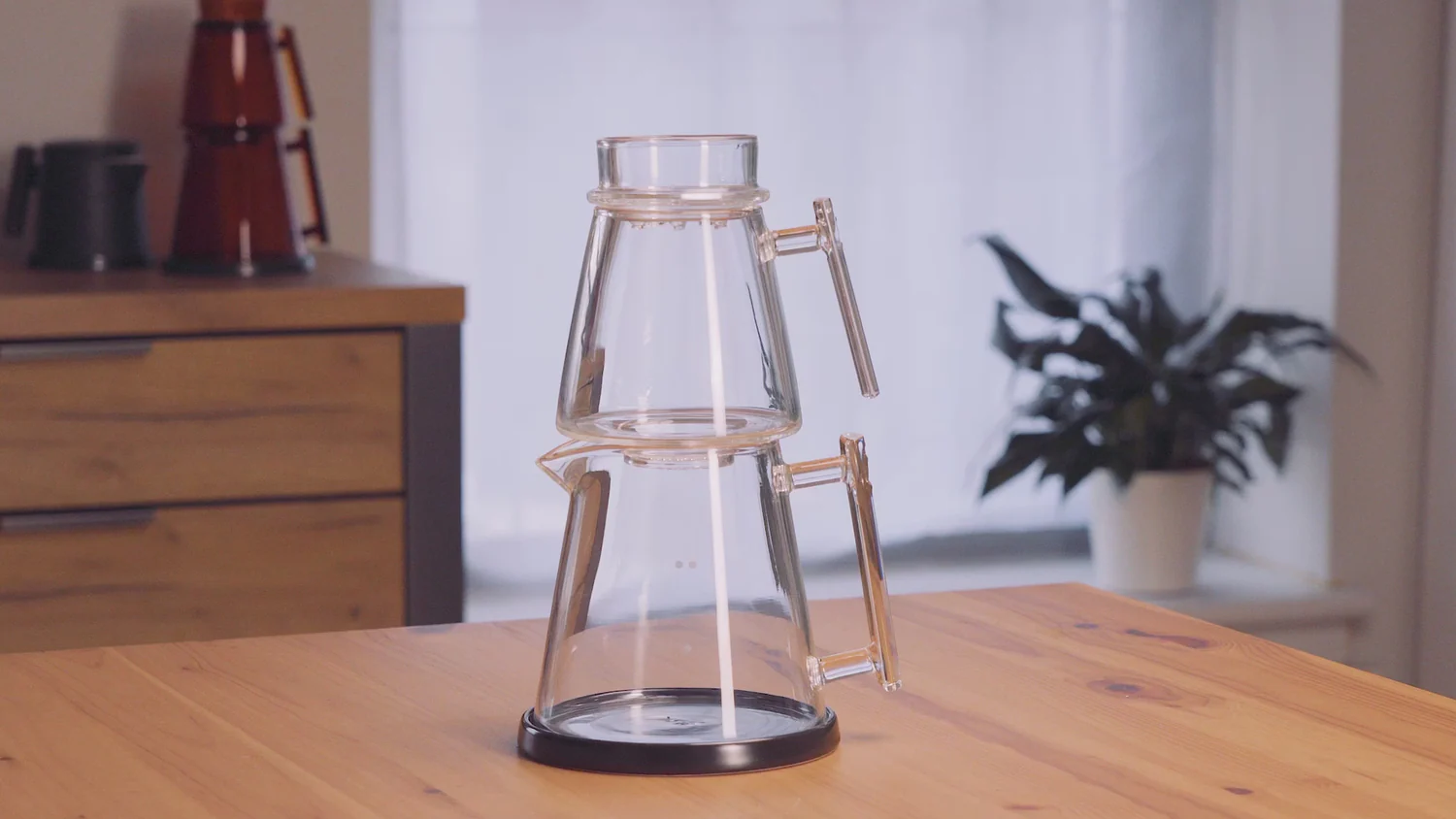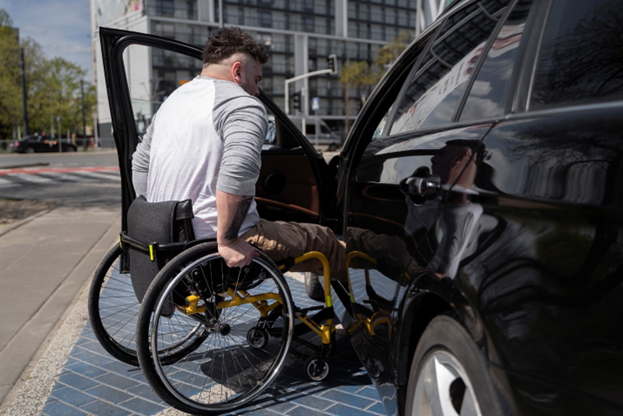
Following are the major steps followed in an IVF treatment in Nisha IVF, Ahmedabad:
- Baseline ultrasound
- Hormonal pills are started according to the requirements.
- Follicular screening and ovarian stimulation
- Maturation, follicle rupture, and oocyte retrieval are all triggered by a single shot.
- Fertilization & embryo development
- Embryo transfer (Fresh or Frozen)
Dr. Nisarg Patel will discuss all the steps involved in IVF treatment along with IVF Cost in Ahmedabad.
Baseline ultrasound
When a patient comes to our clinic, we perform a transvaginal ultrasound scan to test their ovaries and an antral follicular count to determine their ovarian reserve. We also examine the uterus to see if the endometrial thickness is sufficient for the menstrual cycle process and if any Fallopian tube pathologies are evident.
Patients may develop uterine fibroids, fallopian tube infections, ovarian cysts, or endometriomas in certain instances. If we find some ovarian pathology, we can decide not to pursue therapy until the cysts resolve on their own or recommend the appropriate medical or surgical care. If the baseline ultrasound is normal, we will start ovarian stimulation injections.
Hormonal therapy
At the start of their IVF cycle, certain patients are prescribed hormonal drugs. The following are the reasons:
- As a result, the use of GnRH agonists is reduced.
- This lowers the risk of developing ovarian cysts prior to IVF.
- This is linked to a stronger ovarian response during ovarian stimulation, as well as an increase in the amount of eggs collected.
- This also helps with synchronous follicle development, which ensures that all follicles develop at the same pace, resulting in higher ovum or egg retrieval rates.
Stimulation of the ovaries
The stimulant drug given to a patient is exclusive to him or her. It may include any of the following drugs, or some combination of them, or only one of them:
- GnRH-AGONISTS (e.g., Leuprolide, Triptorelin) – Prevents the premature release of developing embryos. The pituitary gland, the body’s master hormonal regulation gland, is suppressed by this drug. This results in increased recruitment of multiple follicles, which contributes to enhanced egg retrieval.
- GnRH ANTAGONISTS (e.g. Cetrotide) – This drug works in a similar way to agonists to increase ovarian response.
- Gonadotropins (e.g. Gonal-f, Follis, menopur)— It also contains HMG, which aids in the growth of follicles and the maturation of eggs. Recombinant injections have less side effects and provide a stronger response to stimulation.
Monitoring of the follicles
Simultaneously with the stimulation injections, the patient is monitored in the clinic using ultrasounds and, if any, hormone measurements are taken. Depending on follicle development, patients are normally seen one to four days apart. This frequency is used to change the injection dosage, which increases follicular growth and helps determine when to add drugs and when to give the trigger injection to rupture the follicles.
Trigger injection for obtaining oocytes
HCG or GnRH Agonist are examples of trigger injections. An oocyte extraction or ovum pick-up procedure, which involves collecting eggs from the ovary, is performed 36 hours after the trigger injection under brief general anesthesia. During the operation, the patient will be monitored by an anesthetist.
A thin needle with a transvaginal ultrasound probe is inserted into the ovary via the vaginal canal. The contents of each ovarian follicle are suctioned into a test tube and immediately moved to the embryo laboratory, where they are counted and oocytes or eggs are graded. The egg retrieval process takes about 10-15 minutes.
Fertilization & Blastocyst Culture
On the day of extraction, the male partner is required to provide a semen sample, which is analyzed by the embryology laboratory. In certain situations, such as when the husband is stationed overseas or when a sperm sample from a sperm donor is needed, a frozen sample may be used. Each oocyte in the laboratory undergoes an intracytoplasmic sperm injection, or ICSI, procedure, and the egg is inseminated with a single sperm.
New or frozen embryo transfer
If a fresh embryo transfer is recommended, it is performed three to six days after the oocyte retrieval procedure. The number and quality of embryos produced, as well as the patient’s choice, all influence whether a fresh or frozen transfer is performed.
However, we prefer frozen embryo transfer because it produces better outcomes, so the patient is contacted after taking endometrial preparation drugs, either during the next menstrual cycle or whenever it is convenient for them.
Under ultrasound guidance, an embryo catheter (tube) is inserted into the uterine cavity to position the embryos chosen for transfer. An abdominal ultrasound is used in this case to monitor the catheter and place the embryos in the proper position. As a result, a full bladder is needed for this procedure. Depending on the situation and the couple’s preference, we either pass a single embryo or two embryos at a time.
IVF Cost In Nisha IVF, Ahmedabad
| Treatments | Cost in Rupees |
| IUI | 5000 – 15000 |
| IVF | 80000 – 150000 |
| ICSI | 100000 – 170000 |







